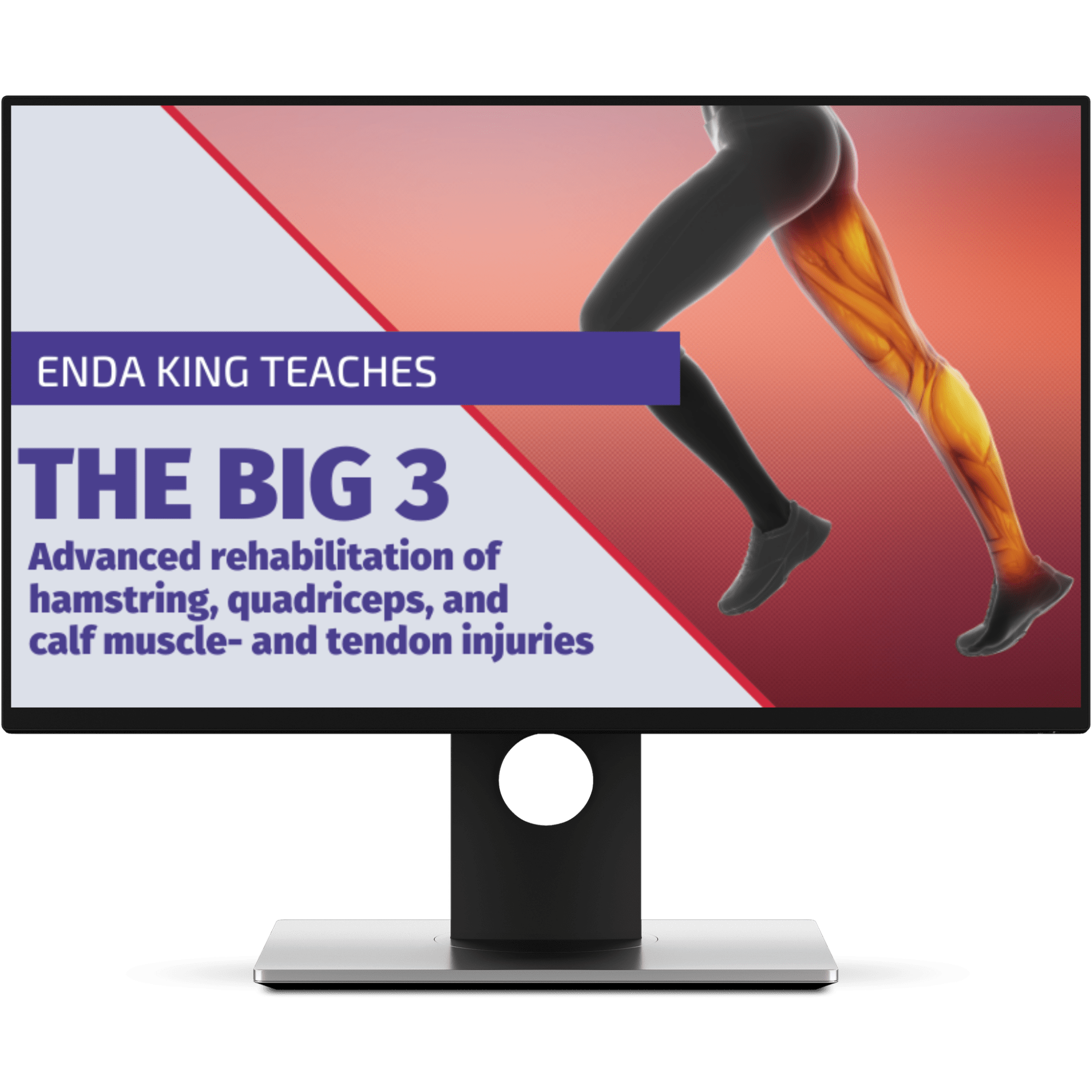Ankle Sprain Rehab Guideline
Almost everyone has had an ankle sprain. After reading this blogpost, you will know about the most recent guidelines.

Vuurberg et al 2018
Almost everyone has had an ankle sprain. After reading this blogpost, you will know about the most recent guidelines.
More of a listener/watcher than a reader? Make sure to watch this synopsis video on the topic.
Predisposing Factors
‘Predicting’ who’ll injure himself is virtually impossible; although on a group-level we do see some factors come back quite a bit:
- limited dorsiflexion
- reduced proprioception
- preseason deficiencies in postural control
- sports: basketball, volleyball, soccer on natural grass
There’s no evidence that RICE alone, or ice, or compression has any positive influence on pain, swelling, and function.
Diagnosis
Before diagnosing an ankle injury as a sprain, you should exclude possible fractures with the Ottawa ankle rules.
This simple clinical algorithm can determine who needs an x-ray. If someone has a fracture, there’s a high probability that the patient will have a positive Ottawa test.
In cases where a hematoma is present, accompanied by pain on palpation around the distal fibula and/or a positive anterior drawer test, a rupture of the lateral ankle ligaments likely exists. To optimize the drawer test, you should wait 4 to 5 days post-injury.
Treatment
Simple rest, ice, compression, and elevation (RICE) — right?
There’s no evidence that RICE alone, ice, or compression has any positive influence on pain, swelling, and function. Patients can use NSAID’s to mitigate pain although they may limit the natural healing process as inflammation is a necessary component.
THE BIG 3 – ADVANCED REHABILITATION OF HAMSTRING, QUADRICEPS, AND CALF MUSCLE- AND TENDON INJURIES
Many therapists simply don’t know how to structure their rehab program which prevents their patients to unlock their potential, we’ve done all the hard work for you.

Immobilizing in a cast results in inferior outcomes compared to functional support and exercise strategies. If it’s applied for pain and swelling, it should be limited to 10 days.
Want to know a taping technique for ankle sprains? Watch the video below.
An inability to jump and land after 2 weeks after a first-time lateral ankle sprain is prognostic for chronic ankle instability so keep an eye out for these patients.
Exercise can reduce the prevalence of recurrent lateral ankle sprains as well as the prevalence of instability. Adding to this, exercise therapy is associated with a quicker time to recovery and enhanced outcomes.
Unsurprisingly, therapies such as ultrasound, short-wave therapy, laser therapy, and electrotherapy have no value.
Chronic sprains
Chronic ankle sprains are a bit different. Watch this video if you want to learn more about them.
Reference

Max van der Velden
Research Manager
NEW BLOG ARTICLES IN YOUR INBOX
Subscribe now and receive a notification once the latest blog article is published.







